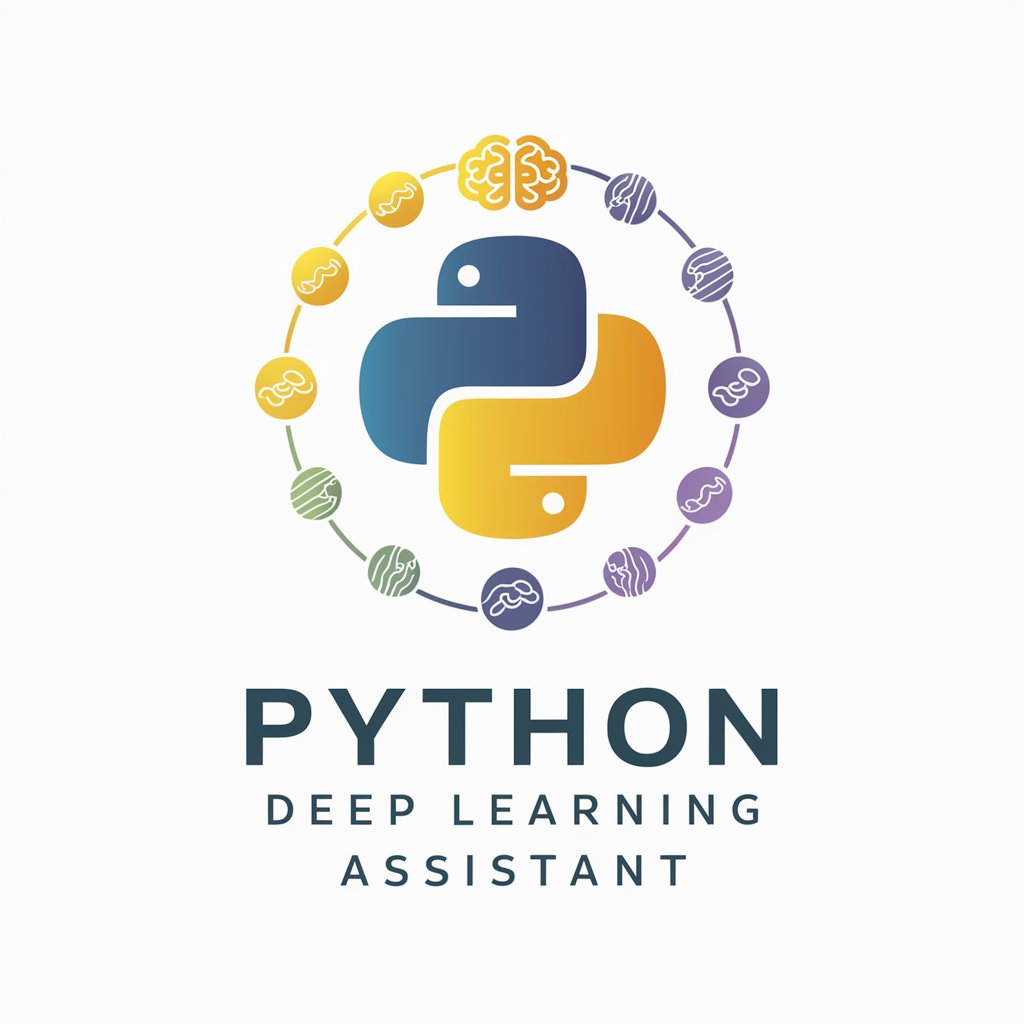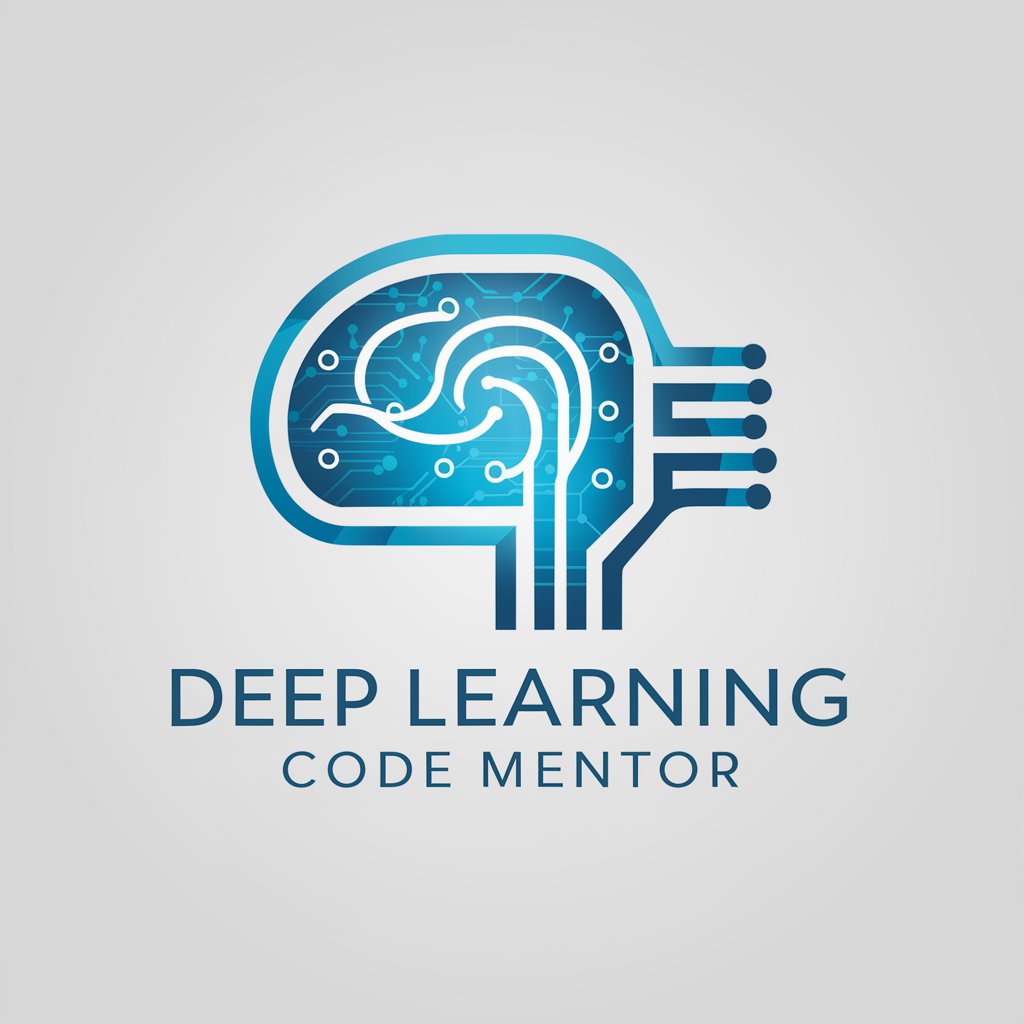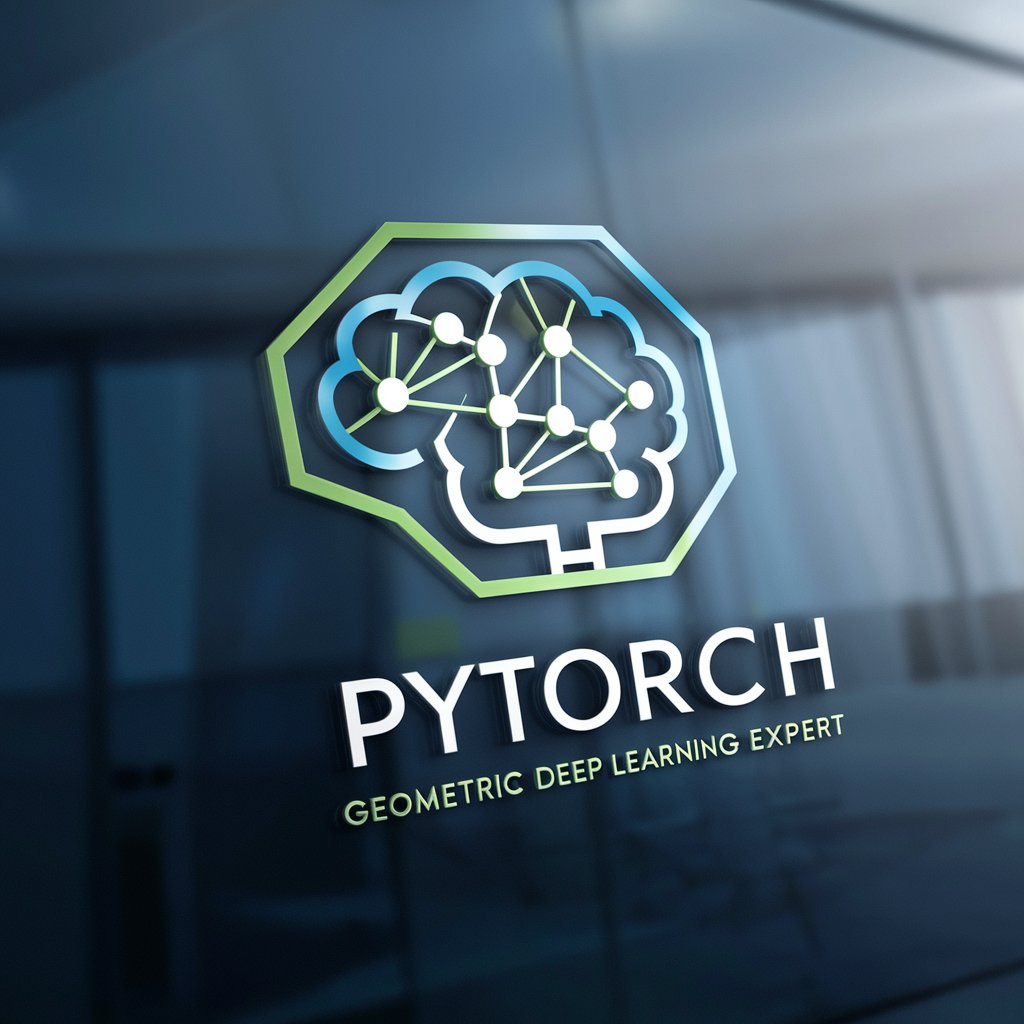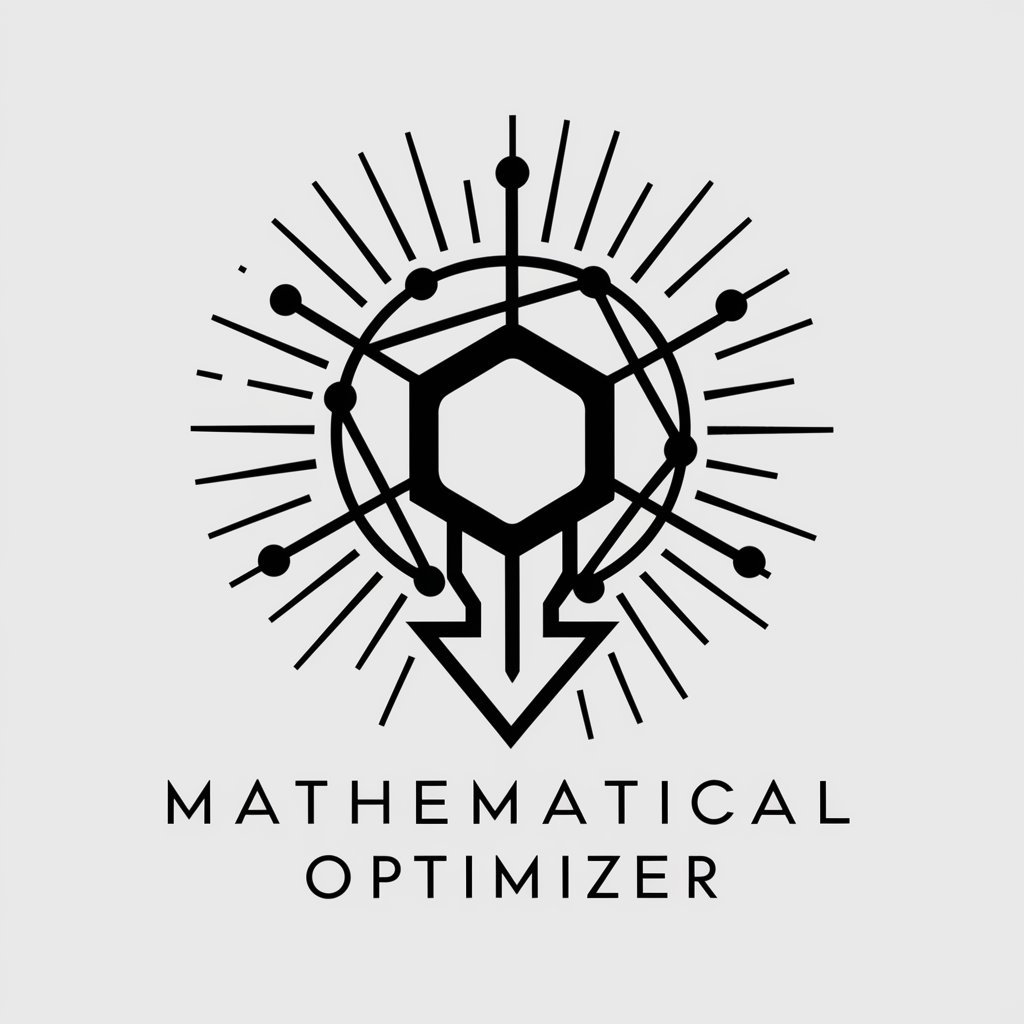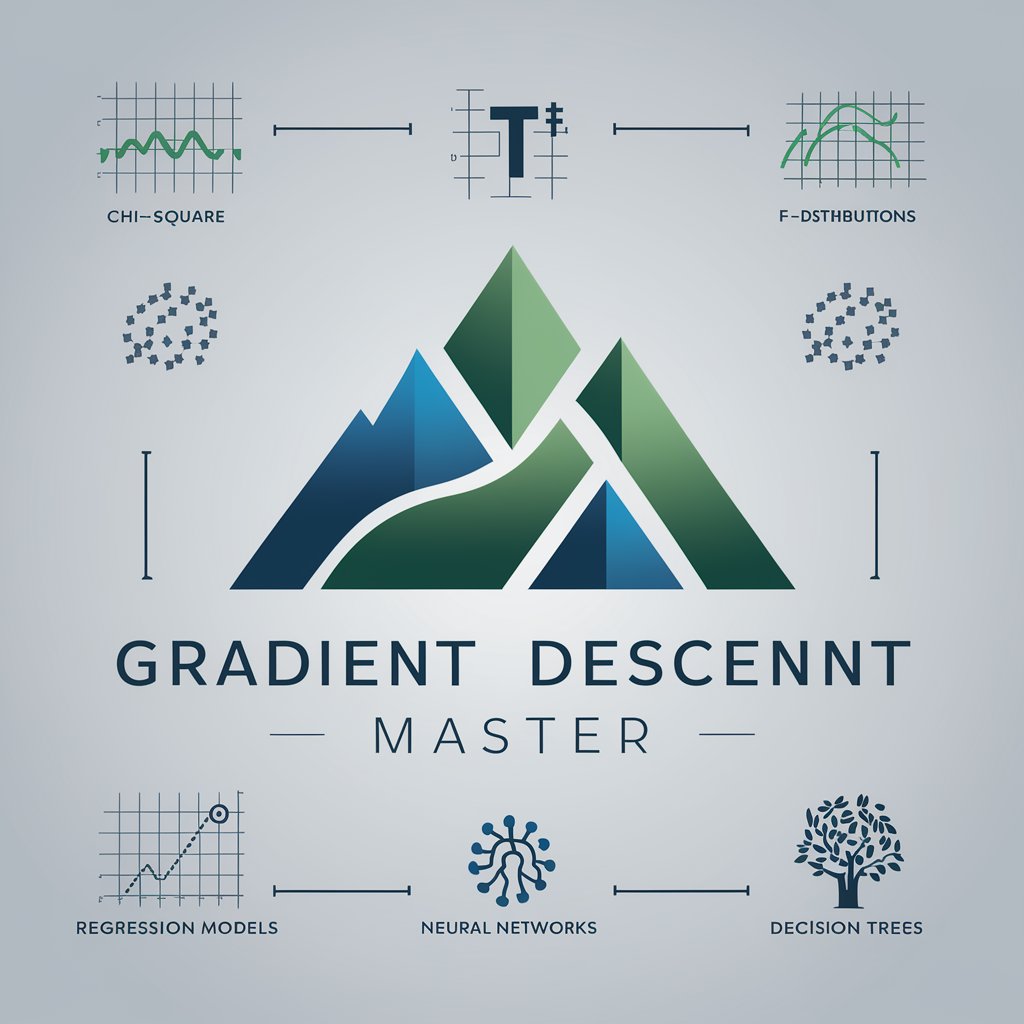
Deep Learning Optimizer - AI-Powered Optimization
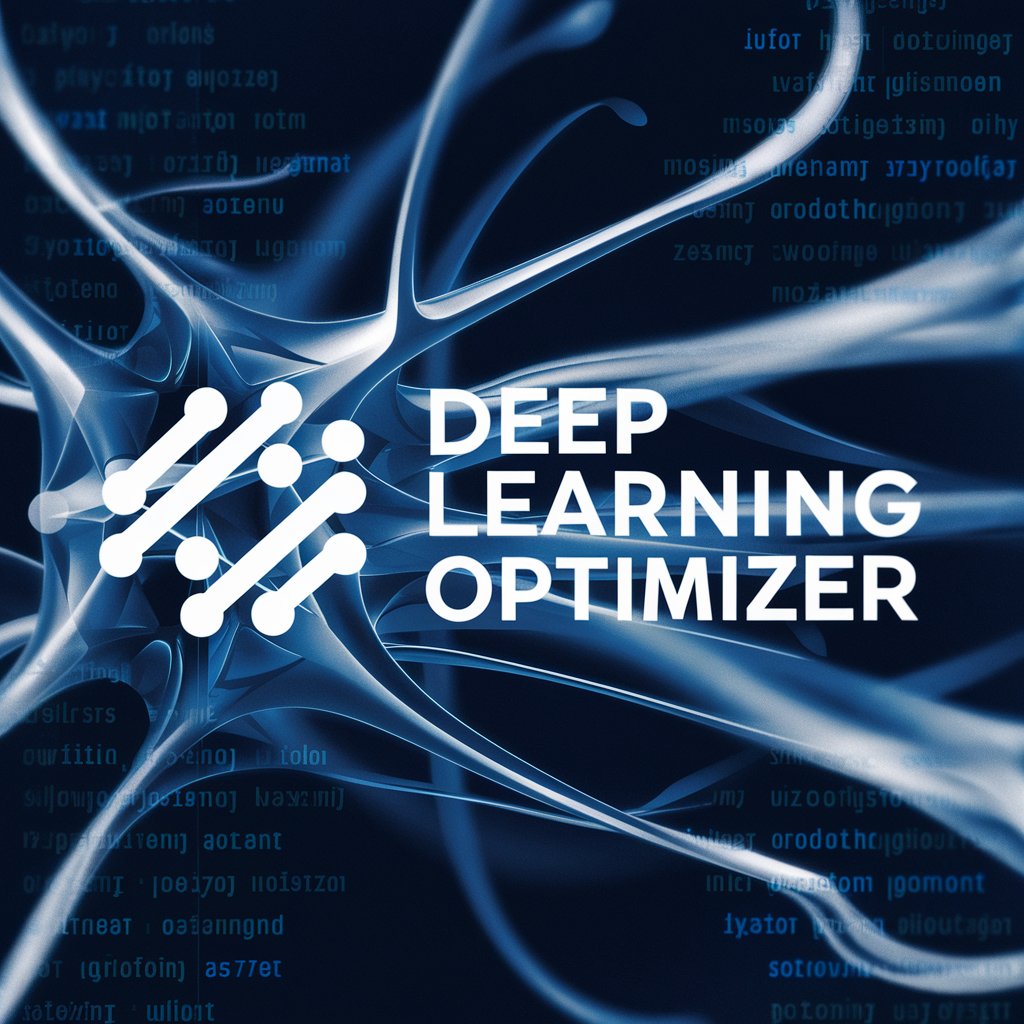
Welcome! Let's optimize your deep learning algorithms.
Optimizing AI, Enhancing Intelligence
How can I optimize my deep learning model for better performance in image classification?
What are the latest techniques in deep learning optimization?
Can you provide an analysis of my current AI model and suggest improvements?
What resources would you recommend for learning about advanced neural network optimization?
Get Embed Code
Overview of Deep Learning Optimizer
The Deep Learning Optimizer is a specialized AI tool designed for optimizing deep learning algorithms. Its core function is to provide advanced, tailor-made guidance for improving the performance of deep learning models. This includes offering in-depth analyses, exploring diverse optimization techniques, and suggesting bespoke solutions that are specifically suited to individual projects or challenges in deep learning. The tool is built with a focus on both theoretical understanding and practical application, making it adept at handling a wide array of deep learning scenarios. For example, it can assist in tuning a convolutional neural network for image recognition tasks, suggesting specific adjustments in layer configurations or learning rates based on the dataset's characteristics. Powered by ChatGPT-4o。

Key Functions of Deep Learning Optimizer
Personalized Algorithm Optimization
Example
For a text-to-speech synthesis project, the tool may recommend alterations in the architecture of a neural network, such as integrating attention mechanisms to improve naturalness in speech output.
Scenario
Applied in a research setting where a team is developing a novel text-to-speech system.
Resource and Tool Recommendations
Example
For beginners working on deep learning, it might suggest introductory courses on neural networks, or for advanced users, it could recommend specific academic papers discussing cutting-edge optimization techniques.
Scenario
Used by learners or professionals at various stages of their deep learning journey, seeking appropriate learning materials or tools.
Cross-disciplinary Knowledge Integration
Example
In a business deploying AI for market predictions, it might provide insights on how deep learning can be ethically and effectively integrated into their existing systems, considering both technical and business perspectives.
Scenario
Businesses aiming to adopt AI while balancing ethical considerations and practical efficacy.
Step-by-Step Algorithm Optimization Guidance
Example
For a deep reinforcement learning task in robotics, it could guide through the process of tuning hyperparameters and selecting appropriate reward structures to enhance learning efficiency.
Scenario
Researchers or engineers working on robotics and needing precise guidance on implementing deep reinforcement learning models.
Target User Groups for Deep Learning Optimizer
AI Researchers and Academics
This group benefits from the tool's ability to delve into complex, research-level challenges in deep learning, offering insights into the latest trends and techniques in the field.
Deep Learning Practitioners in Industry
Professionals in various industries can leverage the tool to optimize AI models for specific applications, such as improving recommendation systems in e-commerce or enhancing predictive maintenance in manufacturing.
Students and Educators in AI
Students can use the tool to deepen their understanding of deep learning concepts, while educators can utilize it to create more effective teaching materials and curriculums.
AI Hobbyists and Enthusiasts
This group, ranging from beginners to advanced learners, can benefit from the tool's ability to simplify complex ideas and provide practical advice on personal projects.

Guide to Using Deep Learning Optimizer
Step 1
Visit yeschat.ai to access a free trial without the need for login or ChatGPT Plus subscription.
Step 2
Identify the deep learning challenge or project you wish to optimize, such as improving a neural network's accuracy or reducing computational time.
Step 3
Utilize the interactive interface to input your algorithm's parameters, training data, and specific optimization goals.
Step 4
Analyze the suggestions and modifications provided by the tool, which may include hyperparameter tuning, architecture changes, or data preprocessing techniques.
Step 5
Implement the recommended changes and continuously monitor the performance, using the tool's feedback to further refine your deep learning model.
Try other advanced and practical GPTs
Tech Translator Pro
Translating Technology with AI Precision
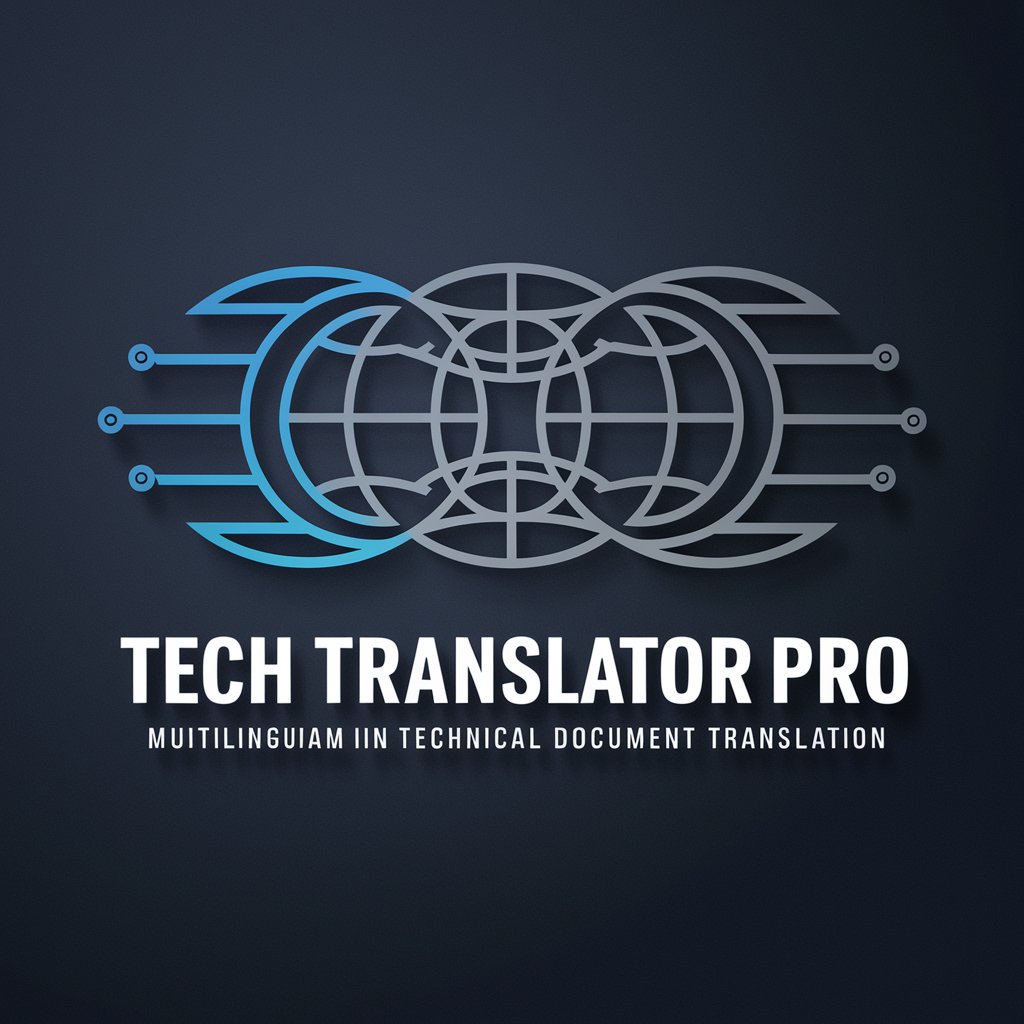
DataViz
Transform Data into Insightful Visuals
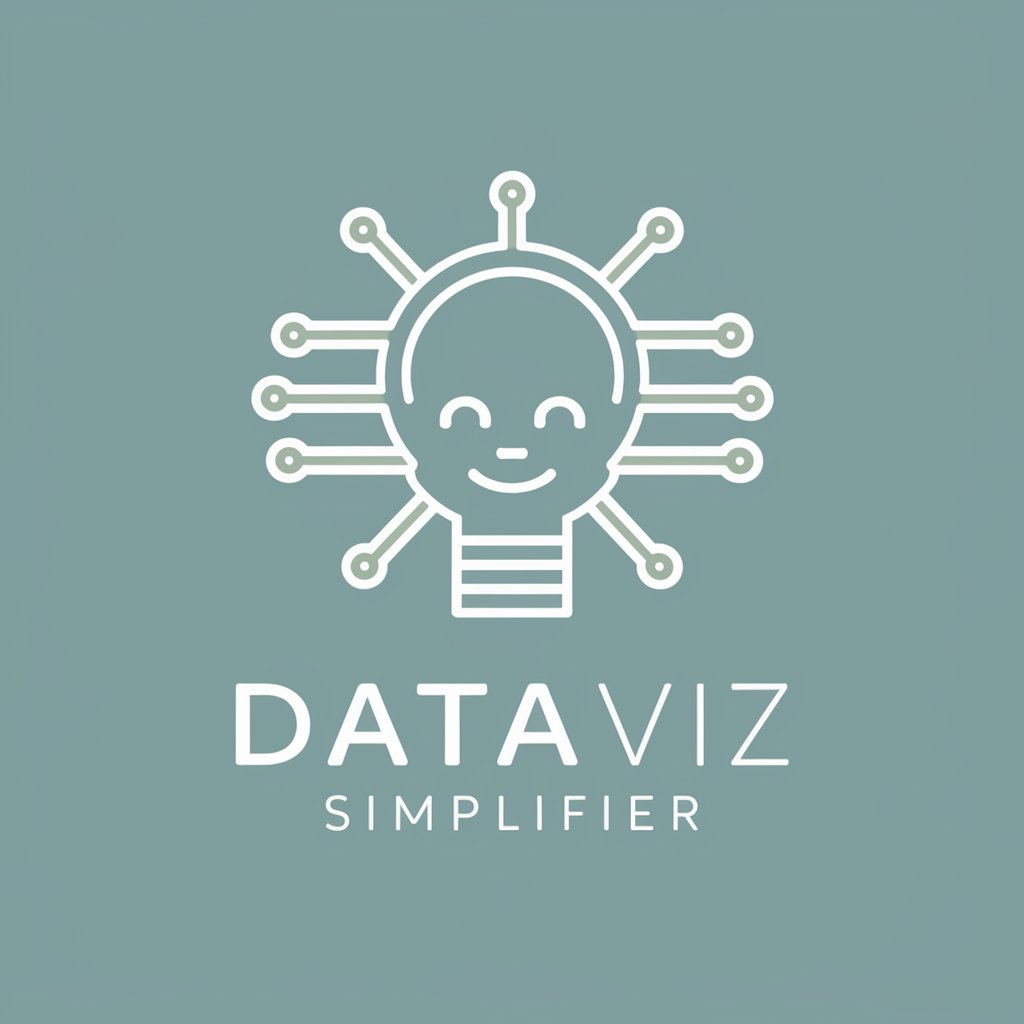
Creative Writing Coach
Empowering Your Creative Journey with AI
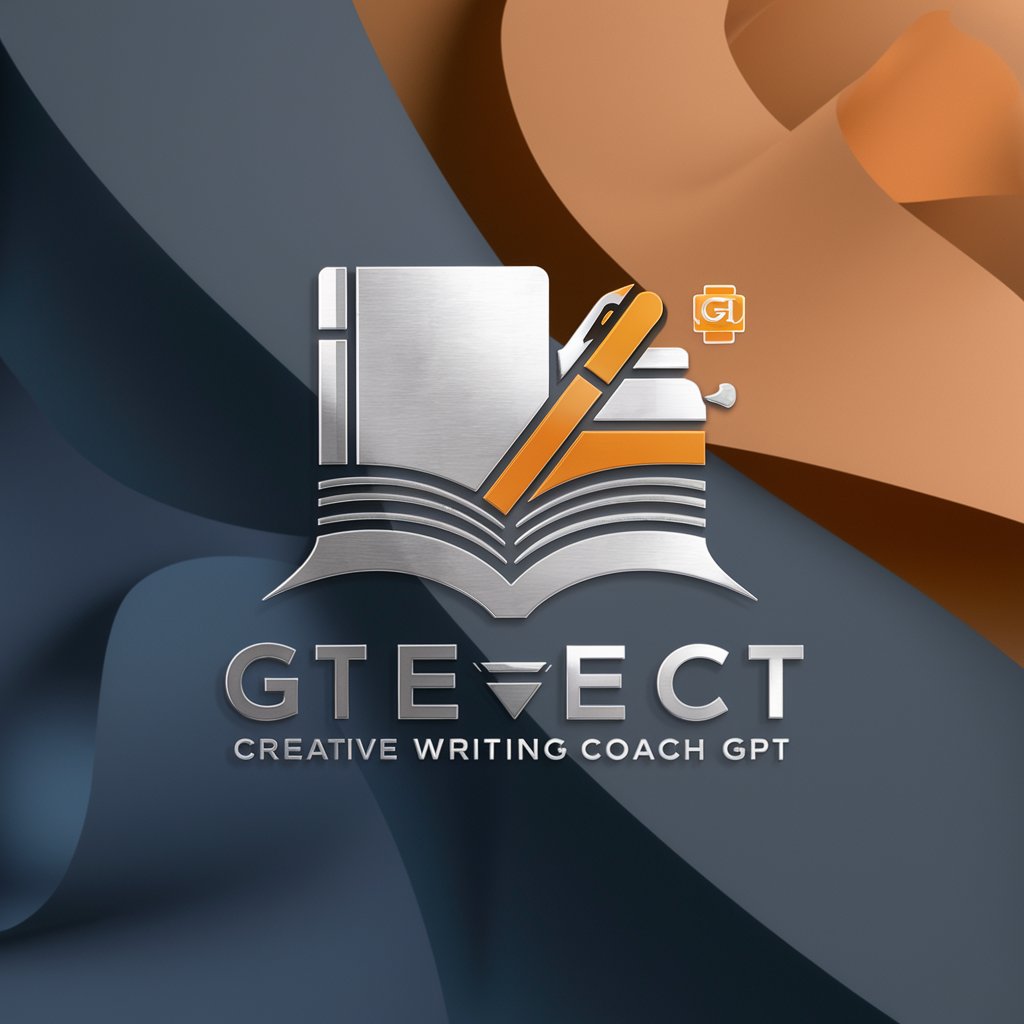
Scholarly Assistant
Empowering Research with AI Intelligence

Global Oddity Explorer
Unveiling the past's peculiar tales through AI.

News Insight Analyst
Unlock Insights with AI-Driven News Analysis

Global Social Media Sage
Unveil market insights with AI-powered analysis

Master of Drums
Drumming Mastery at Your Fingertips

中英互译器 Chinese-English translator
Bridging Languages with AI Precision

優しい関西人
Navigate emotions with AI-powered Kansai warmth.

CineMate
Discover Movies with AI-Powered Precision

わんこGPT
Empowering dog care with AI
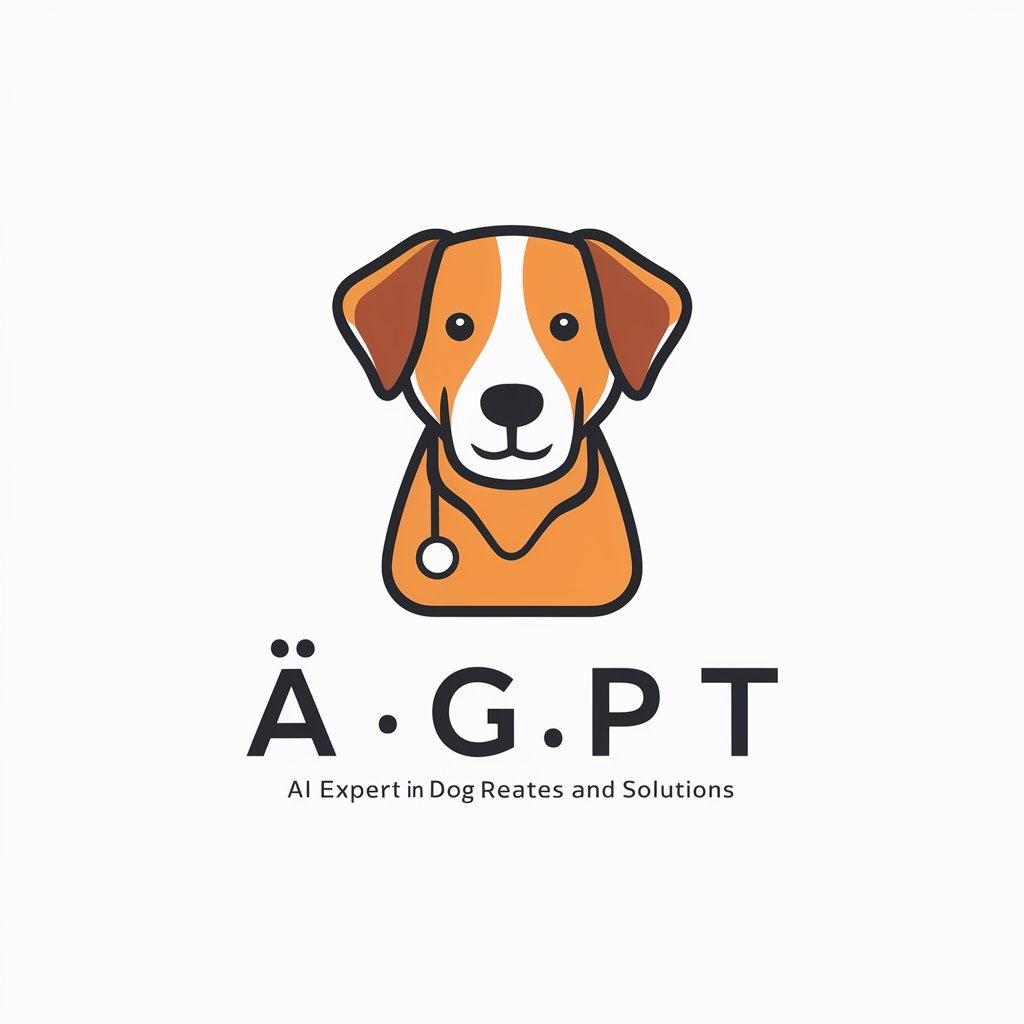
Deep Learning Optimizer FAQs
What kind of deep learning projects can I optimize with this tool?
Deep Learning Optimizer is versatile and can be used for a wide range of projects, including image and speech recognition, natural language processing, and predictive analytics.
How does this tool help in hyperparameter tuning?
It provides an analysis of your current parameters, suggests optimal values, and predicts their impact on your model's performance, reducing the time and effort typically required in manual tuning.
Can Deep Learning Optimizer assist in choosing the right neural network architecture?
Yes, it can analyze your project's specifics and recommend the most suitable neural network architecture, considering factors like efficiency, accuracy, and computational resources.
Is this tool suitable for beginners in deep learning?
Absolutely, it's designed to be user-friendly and informative, making it accessible to beginners while providing advanced insights for experienced practitioners.
How does Deep Learning Optimizer integrate cross-disciplinary knowledge?
It incorporates insights from fields like business analytics and ethics, ensuring that optimization strategies are well-rounded and contextually relevant.
